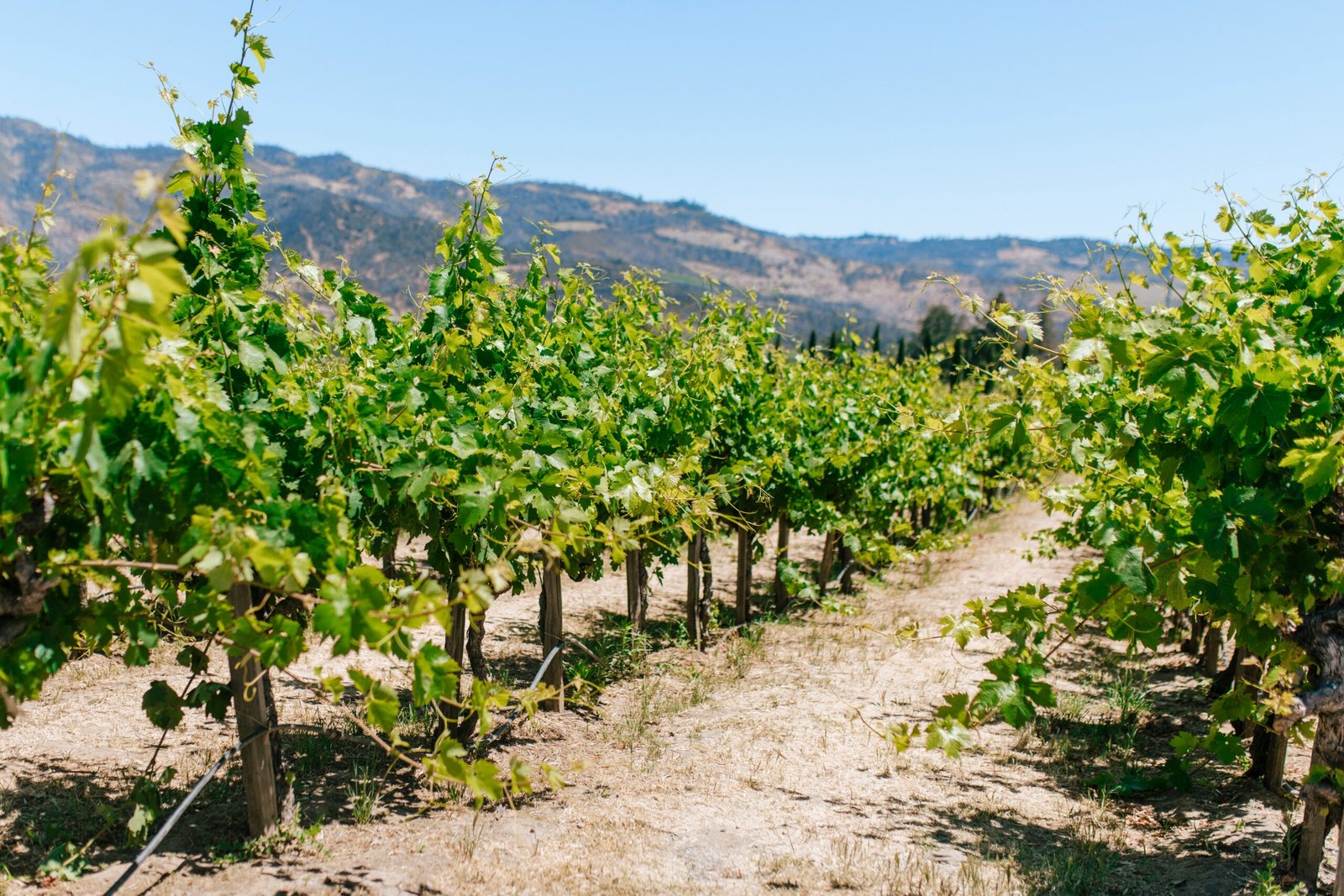The Ultimate Guide to Timing Your Caribbean Cruise: When is the Best Time to Set Sail?
Understanding the Caribbean Climate
The Caribbean boasts a varied climate that plays a crucial role in determining the ideal time for cruising. Characterized primarily by its tropical weather, the region experiences warm temperatures year-round, with averages generally ranging between 75°F and 85°F (24°C to 29°C). However, travelers should be mindful of specific climatic patterns that can significantly impact their cruising experience.
One key consideration is the hurricane season, which typically spans from June 1 to November 30. During this period, the region is susceptible to tropical storms and hurricanes, posing potential risks for travelers. Although the peak of the hurricane season generally occurs from mid-August to late October, it is essential to remember that the likelihood of severe weather decreases as the season progresses toward November. For those eyeing a Caribbean cruise, planning for a sail during the early part of the hurricane season can yield pleasant experiences, although careful monitoring of weather forecasts is highly advisable.
In contrast, the dry season, which runs from December to April, is often considered the best time to set sail. During these months, travelers can enjoy lower humidity levels, minimal rainfall, and optimal temperatures. This period also coincides with peak tourism, leading to busier ports and higher cruise prices. Visitors seeking a tranquil cruising experience may prefer the shoulder seasons—late April to early June and November to mid-December—when conditions are still favorable, but crowds are noticeably diminished.
By understanding the intricacies of Caribbean climate patterns, including tropical weather, hurricane risks, and seasonal variations, cruisers can make informed decisions about when to embark on their journey. Weather significantly influences both comfort and enjoyment, thus planning wisely is essential for an optimal Caribbean experience.
Peak vs. Off-Peak Cruising Seasons
Cruising the Caribbean is a highly sought-after vacation choice, with timing playing a crucial role in shaping the overall experience. The cruising seasons are typically divided into two distinct categories: peak and off-peak. Understanding the differences between these seasons is essential for travelers seeking to optimize their cruise adventure.
Peak cruising season generally spans from mid-December to mid-April. This period is characterized by pleasant weather, featuring warm temperatures and low chances of rain, which are ideal for outdoor activities and exploration. Travelers often flock to the Caribbean during these months, drawn by the enticing climate and festive atmosphere. However, the advantages of peak sailing come at a cost; prices for cruise packages and accommodations tend to spike during peak season. Additionally, larger crowds at popular ports can detract from the overall experience, making it challenging to enjoy excursions and onboard activities fully.
In contrast, the off-peak season stretches from mid-April to mid-December. This period offers significant financial advantages, as cruise lines often reduce their prices to attract travelers. Moreover, the off-peak season typically sees fewer tourists, allowing for a more intimate and relaxed atmosphere both on the ship and at various destinations. However, potential travelers should consider that the weather can be less predictable, with a higher likelihood of rain and tropical storms, particularly during hurricane season from June to November. This unpredictability can impact planned excursions and activities, so it is vital for cruisers to weigh the pros and cons before making their decision.
The ideal time to sail largely depends on individual preferences regarding budget, crowd levels, and weather considerations. By carefully examining the differences between peak and off-peak cruising seasons, travelers can make informed choices that align with their expectations for a memorable Caribbean cruise experience.
Major Events and Festivities in the Caribbean
The Caribbean is renowned for its vibrant celebrations and cultural festivities which offer unique experiences to travelers. Each island has its own set of events that reflect its rich history, traditions, and cultural heritage. One of the most famous events is Carnival, celebrated in various forms throughout the region. Primarily held in Trinidad and Tobago, this colorful festival occurs in late February or early March, vibrant parades, intricate costumes, and lively music create an electrifying atmosphere that draws thousands of visitors. Other islands, such as Barbados and Saint Lucia, also host their respective Carnivals around the same period, ensuring that cruise passengers have multiple opportunities to participate in these jubilant celebrations.
Another significant cultural event is Junkanoo, primarily associated with The Bahamas, where the festivities peak on Boxing Day and New Year’s Day. This incredible celebration features parades with elaborate masks, traditional music, and energetic dancing, providing an authentic glimpse of Bahamian culture. Additionally, many islands host various food festivals throughout the year, celebrating local cuisine and culinary traditions. Events such as the Jamaica Food & Drink Festival and the Tobago Blue Food Festival emphasize regional specialties and attract food enthusiasts, making them ideal options for cruise itineraries.
Aligning a Caribbean cruise with these major events can enhance the travel experience significantly. Not only do these occasions provide visitors with the opportunity to immerse themselves in local customs, but they also allow for interaction with vibrant communities. However, it is essential to consider the impact of these events on cruise pricing and availability. During peak festivities, prices may increase, and accommodations on cruise ships can become fully booked. Consequently, planning ahead and booking a cruise during these festival seasons ensures that travelers do not miss out on experiencing the rich tapestry of Caribbean culture.
Tips for Choosing the Right Time for Your Caribbean Cruise
When planning a Caribbean cruise, timing can significantly affect the overall experience, making it essential to choose the right season based on individual preferences and circumstances. One of the primary factors to consider is the peak versus off-peak travel seasons. The Caribbean cruise season typically peaks from December to April, coinciding with the region’s dry weather when travelers are eager to escape colder climates. Booking during these months often means higher prices, but the potential for ideal weather conditions makes it a popular choice.
To balance cost and experience, travelers might consider cruise options during the shoulder seasons, which are late spring and early fall. These alternatives can offer lower prices and fewer crowds, while still providing a pleasant climate. However, it’s vital to be aware of the hurricane season, which runs from June to November, particularly in late summer and early fall. Travelers seeking adventure might even benefit from the occasional storm-related deals offered by cruise lines ahead of the storm’s projected path.
Another useful tip is to book cruises well in advance. This strategy not only gives travelers a wider selection of cabins and itineraries but also allows them to keep an eye on early-bird promotions or discounts that may be available. Additionally, remaining flexible with travel dates can yield significant savings. If you are willing to adjust your schedule, you may find significant price reductions by avoiding popular travel periods or opting for last-minute deals.
Ultimately, carefully considering these elements will empower potential cruisers to make informed decisions. Understanding personal priorities, such as budget constraints and preferred weather conditions, can help create a memorable and enjoyable Caribbean cruise experience.





















